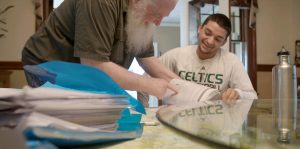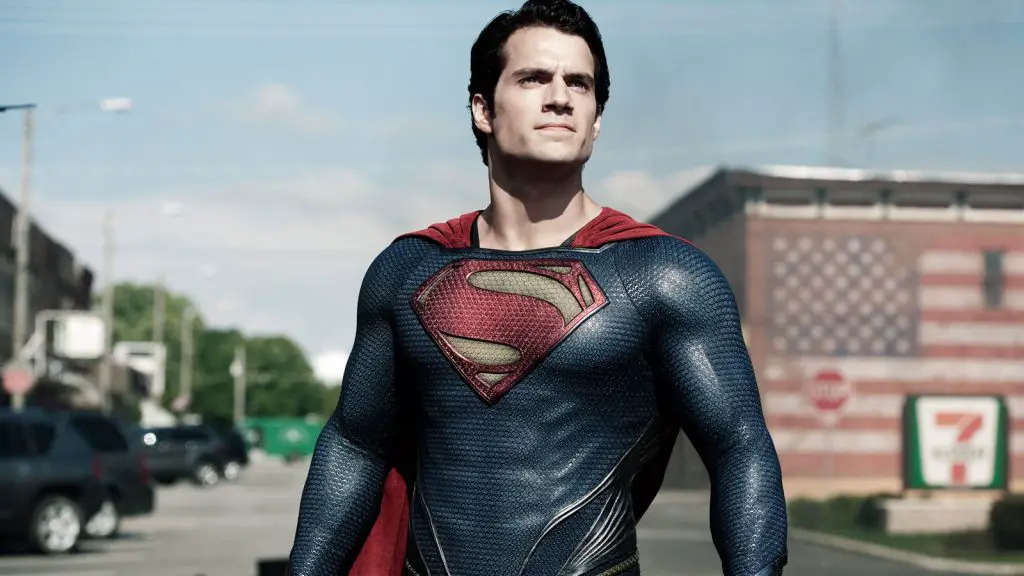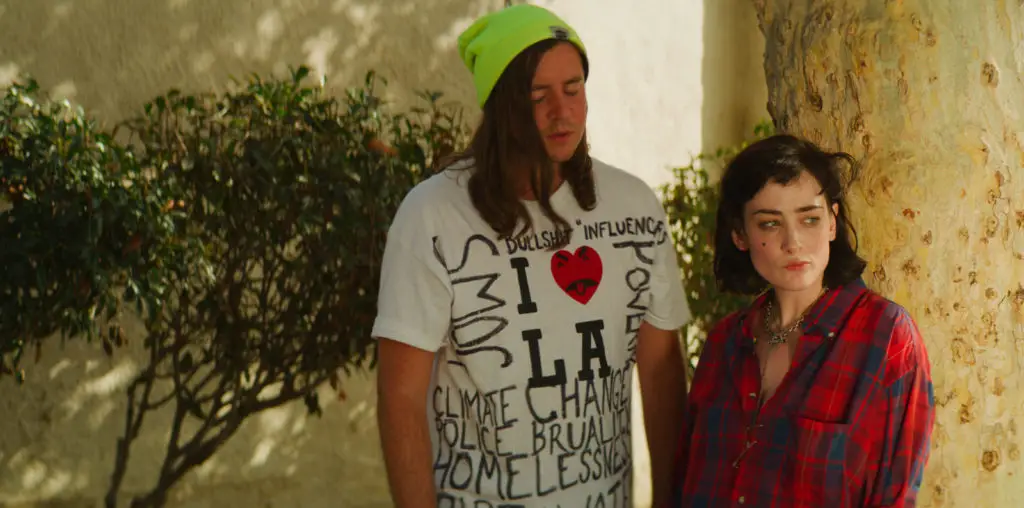
In 2004, The Perfect Score was released to an indifferent audience and scathing reviews. It starred Chris Evans and Scarlett Johansson as two of a handful of high school students who scheme to steal the answers to their upcoming SAT. The notion that any test would wield such power, and garner such infamy, that we’d get a movie devoted to good students (the valedictorian gets in on the action) driven by desperation to plot to steal it is absurd. For some reason, fourteen years later, the SAT is still being administered to high school students and filling them with dread.
When the G.I. Bill was introduced, colleges saw an explosion of applicants, which is a major reason why college entrance exams gained favor in admissions offices. Despite being changed several times over, with the first major overhaul happening in 1994, the SAT still doesn’t measure the test-takers ability to retain or understand facts or arithmetic. It is structured to evaluate rote memorization and the ability to navigate intentionally confusing questions under arbitrary time constraints.
It doesn’t help matters that the standardized test has never proven to be a reliable indicator of a student’s ability to critically think, solve complex math problems, or, most importantly, do well in college. That college entrance exams, such as the American College Testing (ACT) or the SAT, which is no longer an acronym, were originally created by intellectually elite college administrators who wanted to lord their classism over other higher learning institutions certainly does not help them look any better. Why, then, does such an esoteric exam that stifles a teacher’s ability to structure lesson plans and stresses students out have such a hold over kids futures and enormous sway over universities?

“…structured to evaluate rote memorization and the ability to navigate intentionally confusing questions under arbitrary time constraints.”
The documentary The Test And The Art Of Thinking aims to answer precisely that question. Director Michael Arlen Davis interviews teachers, SAT prep tutors (a booming industry, which can charge a family one million dollars), former members of the College Board (the purveyors of the SAT), students all of stripes, and, of course, their parents. A few people like Chris Ajemian aren’t entirely opposed to the test, but do believe its importance is overstated; especially since the way the test works is neither comparable to ones given by teachers in school nor related to anything a college professor will ask of their classes. However, most of the interviewees are opposed to the SAT.
The president of Bard College, Leon Botstein, uses an example question:
Who was the president of the United States when Pearl Harbor got bombed?
- Franklin Delano Roosevelt
- Franklin Delano Roosevelt Jr.
- Harry Truman
- George Washington
He argues that the person that answers A and the person that chooses B are both right. Clearly, the student that chooses B knows it is FDR, but given the notoriously tricky wording of questions on the test might believe that the trick is that FDR was a Junior in real life. That the person who chooses B is not granted a correct answer here proves to Botstein that the SAT is not interested in what a child knows. He is not wrong.

“The longer the movie is on, the more enraged the viewer will become…”
Greg Hanlon, professional tutor, looking for all the world like Santa Claus, states he does not teach the kids a subject matter nor does he have one area of expertise. Instead, he gives the kids under his tutelage another way to solve problems. The SAT, as he puts it, is about solving problems, quickly, even if the problems don’t seem to have an obvious answer. His method perfectly encapsulates the biggest flaw inherent in the SAT- it is about how one takes the test, not about the material the test covers, nor about the student’s knowledge base.
As a high school student, Milo Beckman discovered a simple way to up your SAT score. Longer essays are invariably awarded a higher point value than more concise pieces. The thing is, the SAT does not grade on one’s content, just that the author argues their points with a varied vocabulary, using strong, thematically appropriate words. An interview with a person that does evaluate SATs confirms as much.
Davis interweaves these interviews with the history of the SAT specifically, with some mentions of the ACT. The longer the movie is on, the more enraged the viewer will become. That such a meaningless test consumes upwards of three months of an educator’s curriculum is baffling. Hearing that students who retook the test after some preparation with tutors and mentors had their scores improve by no less than 200 points, up to over 400, highlights that the SAT is more about how you take it, then an actual IQ test.

“…depicting the history, and ultimate pointlessness, of a frustrating, stress-inducing test.”
IQ tests measure a defined variable, called G for short. The SAT does not measure G, nor any appreciably related part of the critical thinking side of the mind. The College Board has never gone on record to state what exactly the SAT is testing for, so it must be presumed that it is only about itself. Hope is not lost, though, as several colleges have made the SAT optional for admissions.
The Test And The Art Of Thinking does an excellent job of getting under the audience’s skin and making them as nervous and frustrated as those onscreen. But, as a movie, it does hit a certain formulaic delivery- there’s a bit of history, interviewees discuss that history and how it helped shape the path of education in the USA, and then the students describe how they are feeling about (re)taking the test. This repetitiveness makes the movie feel a little too long; it is only 85 minutes, even with those extraneous moments!
The Test And The Art Of Thinking might be a little too long, but it does an excellent job depicting the history, and ultimate pointlessness, of a frustrating, stress-inducing test. Engaging interviewees, empathetically following various students’ plights with taking the SAT, and the wealth of information given on standardized testing, all easily overcome the minor flaws.

The Test And The Art Of Thinking (2018) Directed by Michael Arlen Davis. Starring Chris Ajemain, Stefan Blair, Leon Botstein, Milo Beckman, Morgan Carlton, Greg Hanlon, and Akil Bello.
Grade: B+


